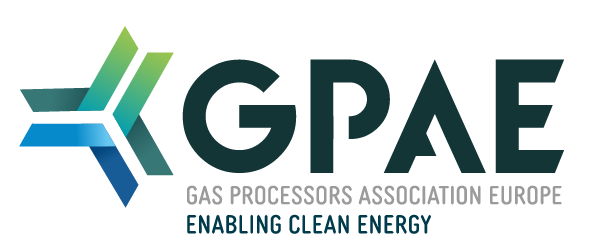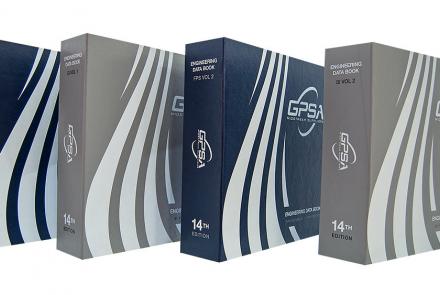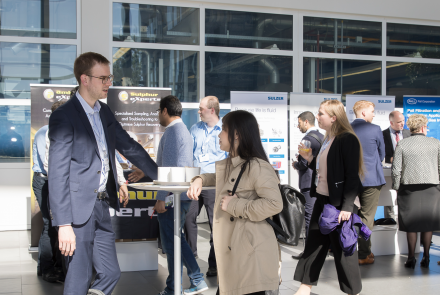Order your copy of the The GPSA Engineering Databook. The 14th edition is almost 1,000 pages of technical information and is the worldwide authoritative resource for technical and design information.
INFLUENCE OF DESIGN PARAMETERS AND PROCESS SELECTION ON LNG BASE LOAD ENERGY CONSUMPTION
Presented at GPA Europe Technical Meeting, CUmberland HOtel, LOndon 19 February 1999 by
Henri Padarowski, Technip, France
The liquefaction of natural gas is a process which consumes energy and in spite of progress in many areas, the figures remain high. For the liquefaction of a gas such as that of Qatar, which will be used as a basis for this paper, specific consumption per kg of LNG at the inlet to the rundown system to the LNG storage tanks is:
1200 JIkg of compression power
5000 J/kg of fuel
This results in autoconsumption of approximately 10% of the feed gas entering the plant. Progress has certainly been made since the first generation of base load liquefaction plants for which autoconsumption reached or exceeded 15%.
Under current economic conditions this autoconsumption corresponds only to 10% of the operating costs and it might seem pointless to discuss such an apparently minor item whereas the total cost reduction objectives of investors and buyers are about 30%. In reality the objectives of lower energy consumption and reduced capital costs are by no means contradictory, they are even completely complementary, If one avoids the recourse to complicated systems.
Any reduction of the specific power of the refrigerant compressors will allow, while keeping to well known, industrially proven turbine drivers, the increase in the size of the liquefaction trains in terms of LNG production thereby reducing the specific cost of the LNG produced.
The optimisation of the power consurhption of a liquefaction train must be carried out in a homogeneous way and all the subsets must be considered. A general outline of a train is presented in Figure 1. The train comprises three clearly identified subsets which are the following:
a. The natural gas circuit, which comprises steps for the elimination of acid gas (H2S and CO2), dehydration, mercury removal, NGL extraction, NG liquefaction, nitrogen removal from the liquefied natural gas, and fuel gas compression.
b. The process of liquefaction itself composed of the cryogenic exchangers, the refrigerant compressors and the exchangers allowing the rejection of heat to the cooling medium, in this example sea water.
It is clearly not possible to cover in one paper all the points although none is negligible. We will satisfy ourselves with the examination of the following points
• the optimisation of the temperature to be achieved with propane pre-cooling.
• the optimisation of the MR vaporisation pressure
• the importance of refrigerant propane purity
• the impact of the temperature of cooling water.
• the problems involved in the extraction of NGL and mercaptans from the natural gas,
• the removal of nitrogen from the LNG
Finally, we will try to conclude on the orientations to be followed in the initial definition of the general design of a liquefaction train.



